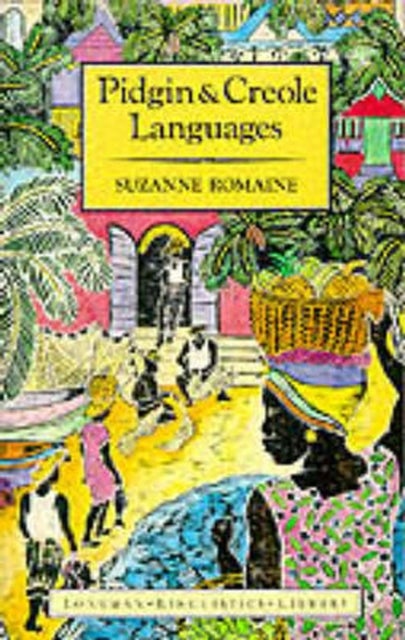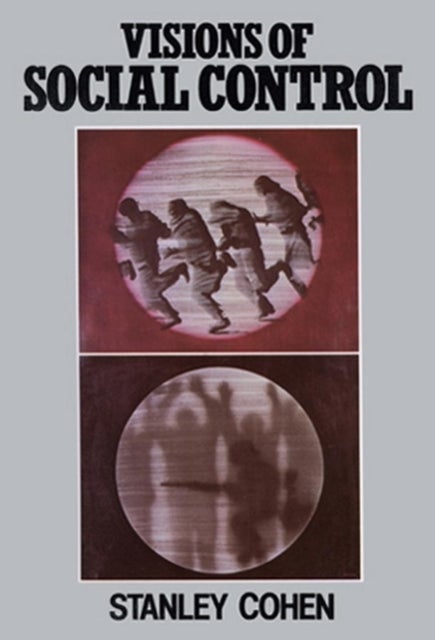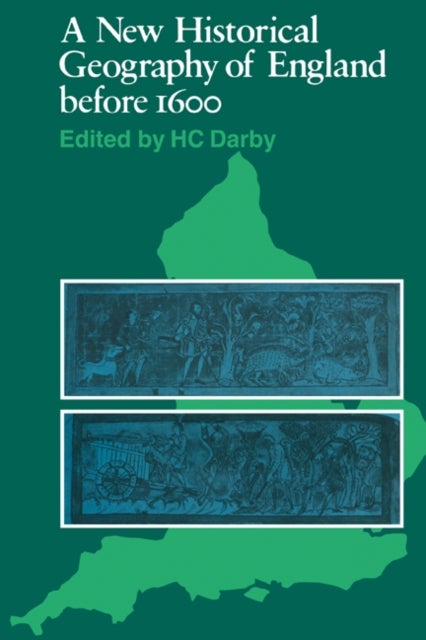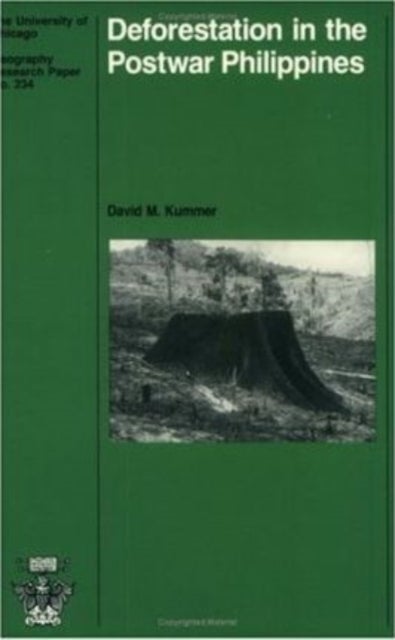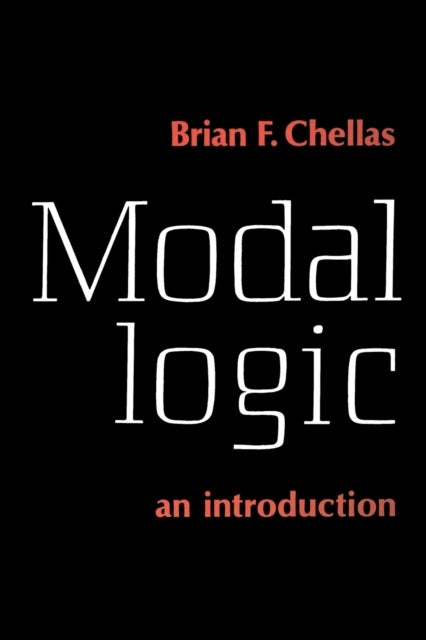
On Linearization av Guglielmo Cinque
391,-
<b>The first attempt at a restrictive theory of the linear order of sentences and phrases of the world''s languages, by one of the founders of cartographic syntax.</b><br><br>Linearization, or the typical sequence of words in a sentence, varies tremendously from language to language. Why, for example, does the English phrase “a white table” need a different word order from the French phrase “une table blanche,” even though both refer to the same object? Guglielmo Cinque challenges the current understanding of word order variation, which assumes that word order can be dealt with simply by putting a head either before or after its complements and modifiers. The subtle variations in word order, he says, can provide a window into understanding the deeper structure of language and are in need of a sophisticated explanation.<br><br>The bewildering variation in word order among the languages of the world, says Cinque, should not dissuade us from researching what, if an

